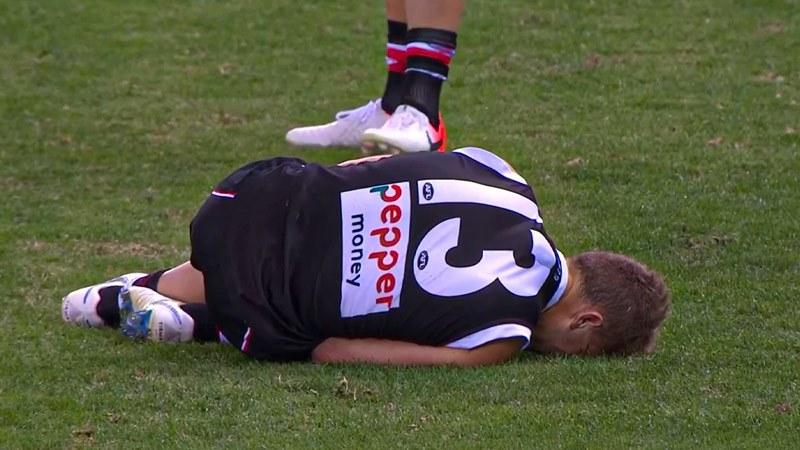Football is an exhilarating sport loved by millions around the world, but its physical nature comes with inherent risks. The adrenaline-fueled tackles, swift movements, and explosive plays make it prone to injuries.
From sprains and strains to more severe fractures and concussions, football players face a range of potential injuries on the field.
Understanding the most common football injuries is crucial for players, coaches, and medical professionals to take proactive measures in prevention, early recognition, and effective treatment.
This article delves into the 10 most common football injuries and ways to mitigate their occurrence.
By promoting awareness and prioritizing player safety, we can ensure that the game remains exciting while safeguarding the well-being of its participants.
10 Most Common Football Injuries
Football is a physically demanding sport that often leads to various injuries, some of which are more prevalent than others.
Here are the ten most common football injuries, along with a brief description of each:
Sprains and Strains
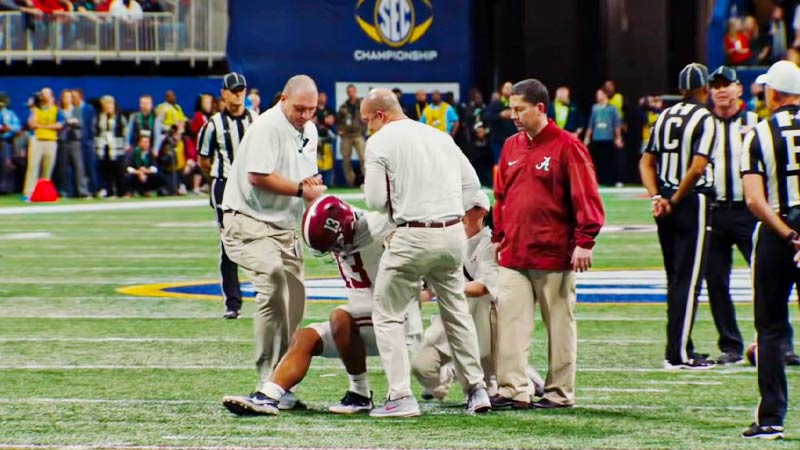
Sprains involve the stretching or tearing of ligaments, while strains refer to similar injuries in muscles or tendons. These injuries can occur due to sudden movements, overstretching, or collisions with other players.
Concussions
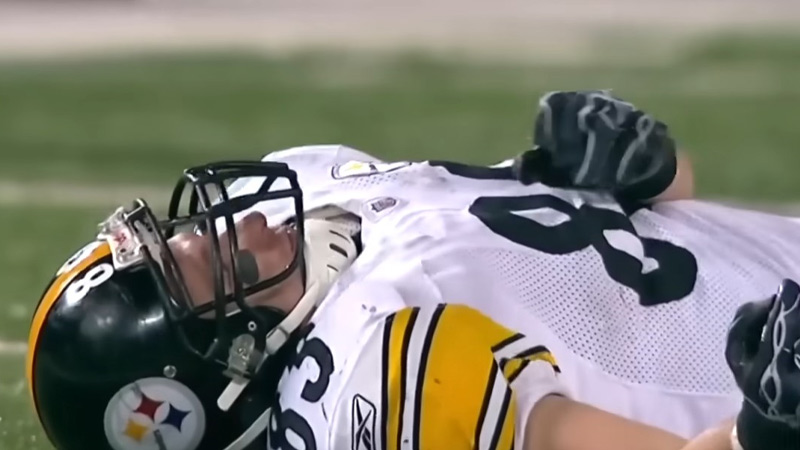
Concussions are brain injuries caused by a sudden impact or blow to the head. They can result in temporary loss of brain function and require immediate medical attention to avoid long-term consequences.
Fractures
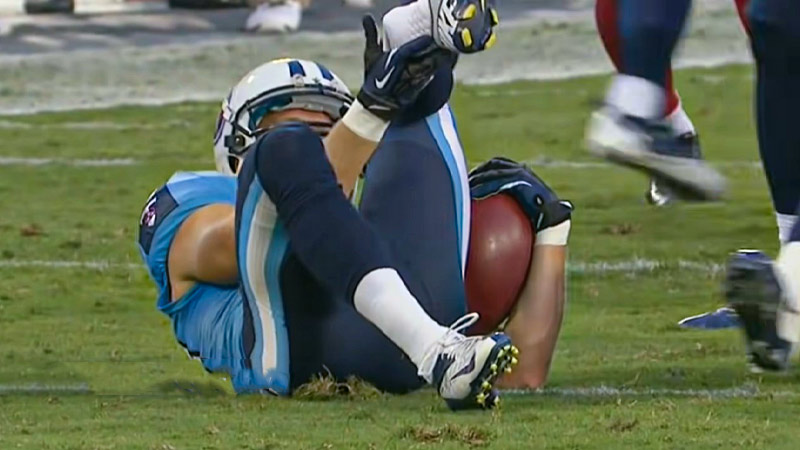
Fractures, or broken bones, can happen from direct impact or collisions during the game. Commonly affected areas include the arms, legs, and collarbone.
Meniscus Tears
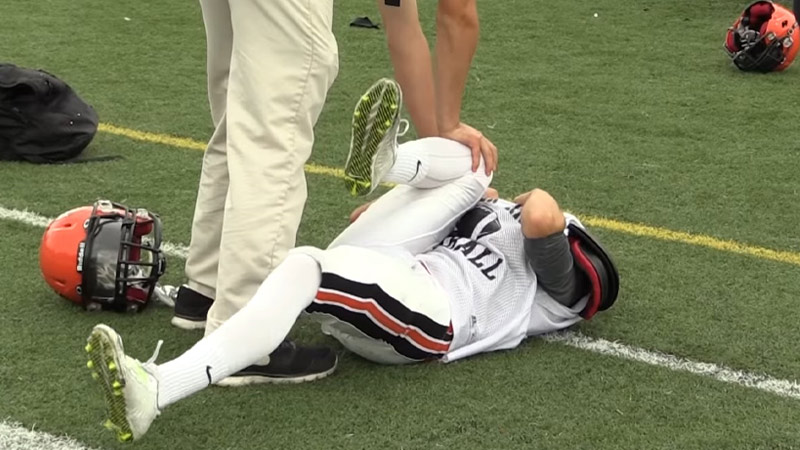
The meniscus is a cartilage in the knee joint that can tear due to abrupt twisting or rotational movements, leading to pain and limited mobility.
ACL (Anterior Cruciate Ligament) Tears
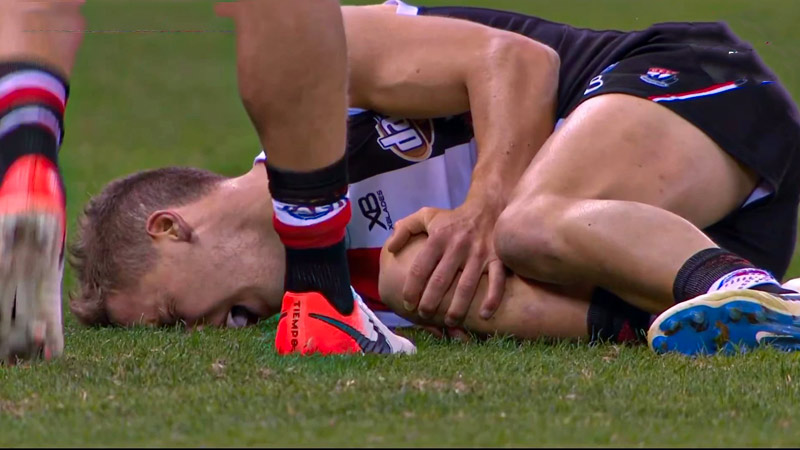
ACL tears often result from abrupt changes in direction or landing awkwardly, causing severe knee instability. These injuries often require surgery and lengthy rehabilitation.
Hamstring Injuries
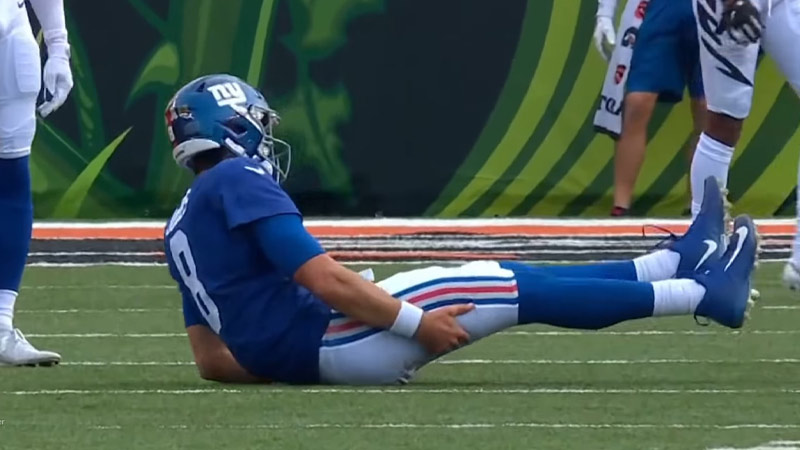
The hamstring muscles, located at the back of the thigh, can get strained or torn due to explosive sprints or overextension during kicks.
Ankle Sprains
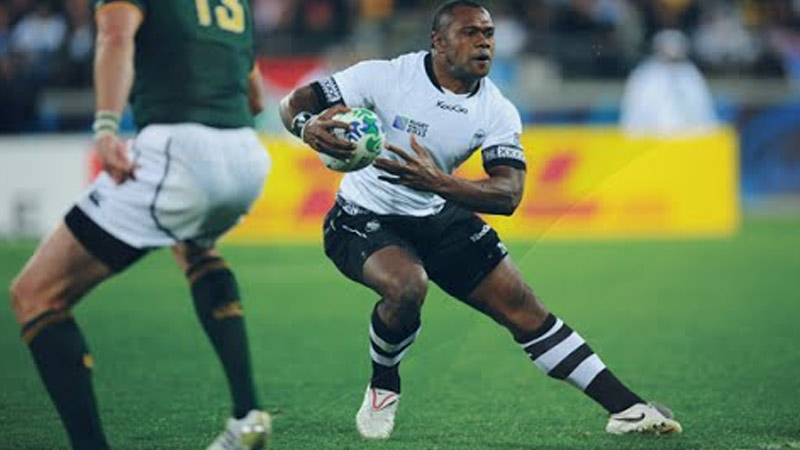
Football players frequently suffer from ankle sprains when they roll or twist their ankles during quick movements or tackles.
Dislocated Joints
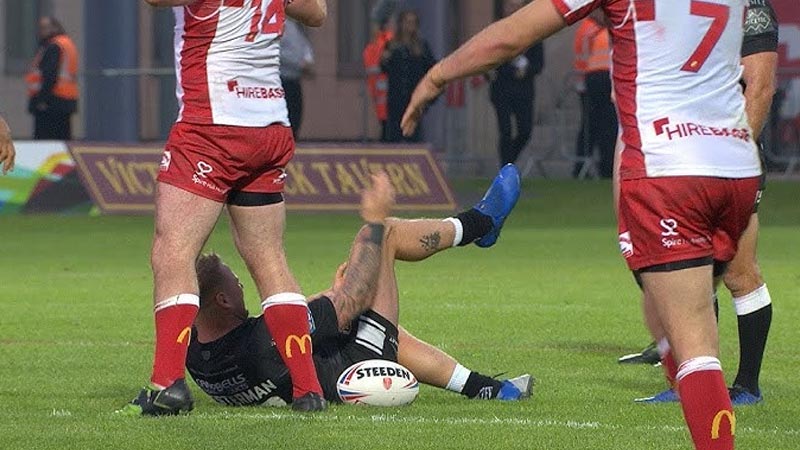
High-impact collisions can cause joints, such as shoulders or fingers, to dislocate from their normal positions, requiring immediate medical attention for reduction.
Groin Strains
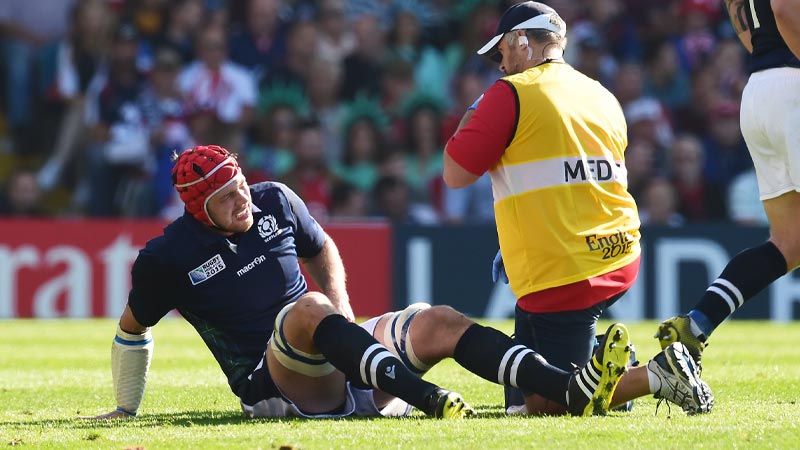
Source: dailymail.co.uk
Groin strains occur when the muscles in the inner thigh are overexerted, usually during rapid changes of direction or kicking movements.
Contusions and Bruises
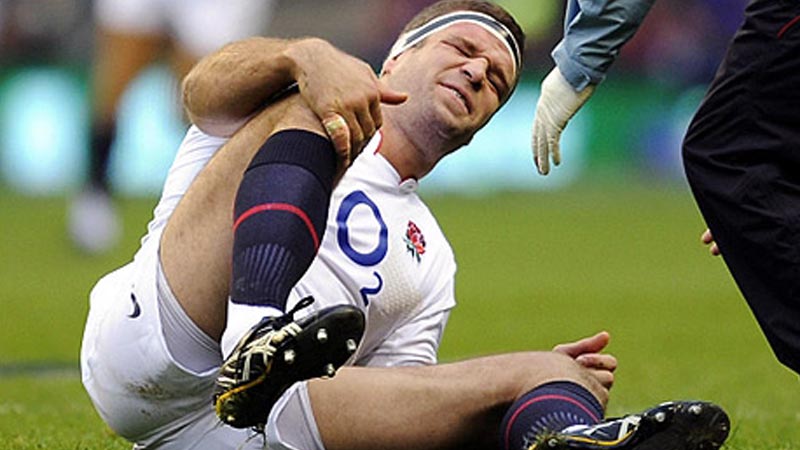
Source: rugby-muscle.com
Commonly known as bruises, contusions result from blunt force impacts that damage blood vessels beneath the skin, causing localized pain and discoloration.
It’s essential for football players to practice proper warm-up techniques, use protective gear, and maintain their fitness to reduce the risk of these injuries and stay on the field.
When injuries do occur, seeking professional medical advice and adhering to appropriate rehabilitation protocols is crucial for a safe and speedy recovery.
Most Serious Injuries In Football History
Football, like any high-impact sport, has seen its share of serious injuries throughout history. Some of these injuries have had severe consequences for the players involved and have led to important safety changes in the sport.
Here are some of the most serious injuries in football history, along with a brief description of each:
Spinal Cord Injuries
One of the most devastating injuries in football is a spinal cord injury. When a player suffers a severe blow to the neck or back, it can result in damage to the spinal cord, leading to partial or complete paralysis.
These injuries are rare but have a profound impact on the player’s life and raise concerns about player safety.
Traumatic Brain Injuries
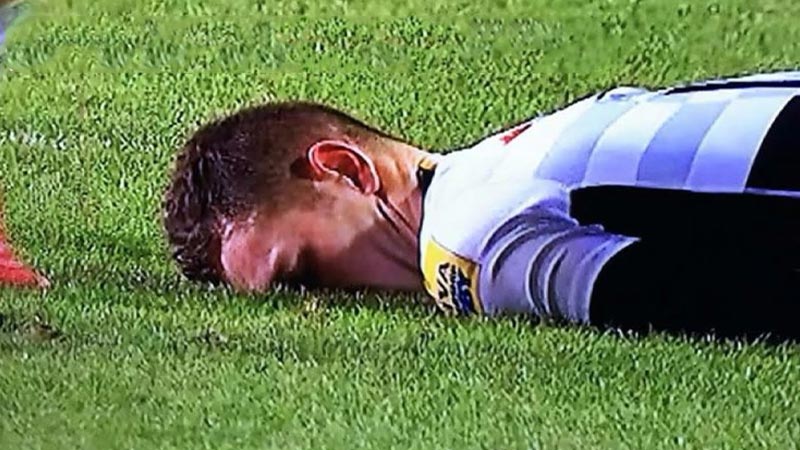
Football players are at risk of traumatic brain injuries, particularly concussions, which can have serious long-term effects on cognitive function and mental health.
Repeated concussions have been linked to chronic traumatic encephalopathy (CTE), a degenerative brain disease.
Cardiac Arrest
Although relatively rare, cardiac arrests have occurred on the football field. A sudden cardiac event can be fatal if not treated promptly with cardiopulmonary resuscitation (CPR) and the use of automated external defibrillators (AEDs).
Compound Fractures
Compound fractures are open fractures where the broken bone protrudes through the skin. These injuries are both visually shocking and medically urgent, as they carry a risk of infection and significant blood loss.
Heat-Related Illnesses
Football is often played in hot and humid conditions, making players susceptible to heat-related illnesses like heatstroke. These conditions can be life-threatening if not recognized and treated promptly.
Internal Injuries
High-velocity collisions can lead to internal injuries such as liver or spleen lacerations, which may cause internal bleeding and require immediate medical attention.
Joint Dislocations
Dislocations, particularly in the shoulder or knee, can cause excruciating pain and may require medical intervention to relocate the joint properly.
Femur Fractures
Fractures of the femur (thigh bone) can occur during high-impact collisions and are among the most severe leg injuries in football.
Achilles Tendon Rupture
The Achilles tendon, located at the back of the ankle, can rupture during sudden acceleration or deceleration, leading to significant pain and impaired mobility.
Eye Injuries
Football players are at risk of eye injuries from fingers, elbows, or the ball hitting their eyes, potentially causing corneal abrasions, retinal detachments, or even permanent vision loss.
Football’s governing bodies and medical professionals continuously work to enhance player safety and reduce the risk of these serious injuries. Rule changes, improved equipment, and increased awareness of proper techniques and player welfare are essential steps in protecting players from severe harm on the field.
How to Prevent Football Injuries?
Preventing football injuries is crucial to ensure the safety and well-being of players. Coaches, players, and administrators should work together to implement these strategies and promote a safer playing environment:
Proper Warm-up and Stretching
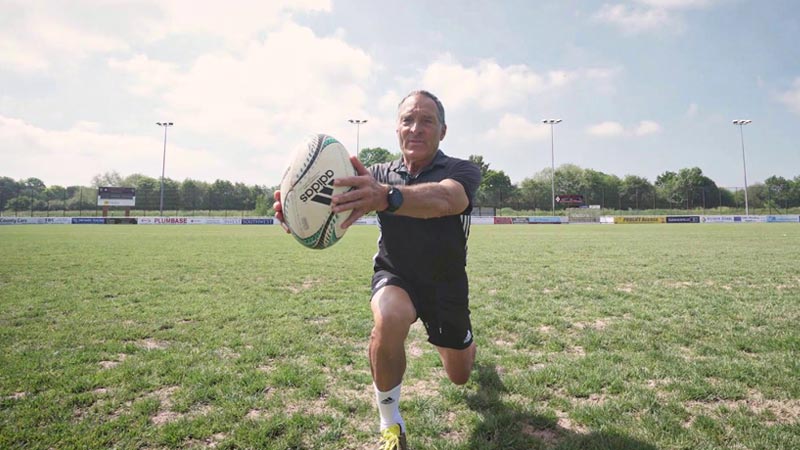
Prior to any physical activity, players should engage in a thorough warm-up routine to increase blood flow to muscles and joints. Dynamic stretching helps improve flexibility and reduces the risk of strains and sprains during the game.
Strength and Conditioning Training
Regular strength training and conditioning exercises can improve players’ overall fitness and reduce the likelihood of injuries. Focusing on building core strength, lower body stability, and upper body strength can help players withstand physical demands.
Technique and Skill Development
Proper football techniques, such as tackling, blocking, and cutting, are essential for injury prevention. Coaches should emphasize correct form and ensure players understand the safest ways to execute these actions.
Use of Appropriate Protective Gear
Players should wear properly fitted helmets, mouthguards, shoulder pads, and other protective equipment. Ensuring that gear is in good condition and up to safety standards is vital to reduce the risk of head and bodily injuries.
Hydration and Nutrition
Staying well-hydrated and maintaining a balanced diet is essential for player performance and injury prevention. Dehydration and poor nutrition can lead to muscle cramps and fatigue, increasing the risk of injuries.
Adequate Rest and Recovery
Overtraining can lead to fatigue and increase the likelihood of injuries. Scheduling rest days and allowing time for recovery between practices and games are essential for players’ physical health.
Match Field Conditions
Regularly inspecting the playing field for hazards and ensuring proper maintenance, such as leveling the turf and fixing divots, can help minimize the risk of slips, trips, and falls.
Injury Reporting and Rehabilitation
Encouraging players to report any injuries, no matter how minor, allows for early intervention and proper rehabilitation. Players should follow medical advice and complete their rehabilitation program before returning to play.
Educate Coaches and Players
Coaches, players, and parents should be educated about common football injuries, their prevention, and how to recognize early signs of potential issues. This knowledge fosters a proactive approach to player safety.
Adherence to Rules and Fair Play
Encouraging fair play and respecting the rules of the game can significantly reduce the risk of reckless tackles and unnecessary collisions, promoting a safer and more enjoyable football experience for everyone involved.
By implementing these preventive measures and prioritizing player safety, football can be a physically challenging yet safe sport, allowing players to enjoy the game while minimizing the risk of injuries.
What Primary Treatment Relief Instant Football History?
Throughout football history, various primary treatment methods have been employed to provide instant relief to players suffering from injuries on the field.
These interventions aim to alleviate pain, stabilize injuries, and facilitate immediate care until more comprehensive medical attention can be administered:
RICE Method (Rest, Ice, Compression, Elevation)
The RICE method has been a fundamental approach in football for treating acute injuries like sprains, strains, and contusions.
It involves resting the injured area, applying ice to reduce swelling and pain, using compression bandages to support the injured part, and elevating it to minimize inflammation.
Instant Cold Packs
Instant cold packs are readily available on the sidelines of football games to provide immediate relief for acute injuries. These packs can be activated by squeezing or shaking, quickly reducing swelling and numbing the injured area.
Taping and Bracing
Athletic tape and bracing techniques are often used to stabilize joints and prevent further damage during the game. For instance, ankle taping is commonly employed to support and protect against sprains.
Analgesic Sprays and Gels
Topical analgesic sprays and gels are used to relieve pain and reduce inflammation in minor injuries such as bruises or muscle strains. They provide immediate relief and can help players continue to perform during the game.
Cervical Collars
In cases of suspected neck or cervical spine injuries, cervical collars may be used to immobilize the neck and prevent further damage until proper medical evaluation and transportation can be arranged.
On-Site Medical Teams
Having trained medical personnel on-site during football games allows for immediate assessment and treatment of injuries. These professionals can quickly evaluate the severity of the injury and initiate appropriate care.
Immediate Concussion Assessment
In response to growing concerns about concussions, protocols have been developed to assess players for possible concussions on the field.
This involves a quick evaluation of cognitive and physical functions to determine if further medical attention is necessary.
Automated External Defibrillators (AEDs)
AEDs are essential life-saving devices that are increasingly present at football venues.
In cases of sudden cardiac arrest, these devices can be used to deliver a shock to the heart, potentially saving a player’s life before emergency services arrive.
Emergency Medical Transport
In more severe cases where players suffer critical injuries, emergency medical transport, such as ambulances, are on standby at games to ensure players can receive specialized medical care promptly.
Psychological Support
In addition to physical injuries, football players may experience emotional distress after a severe injury. Immediate access to sports psychologists or counsellors can offer vital support during these difficult moments.
By employing these primary treatment methods and emphasizing player welfare, football organizations have been able to respond promptly to injuries and ensure players’ well-being during games.
These instant relief measures help players recover faster and minimize the long-term impact of injuries.
FAQ
Q: What are the most common football injuries?
A: The ten most common football injuries include sprains and strains, concussions, fractures, meniscus tears, ACL tears, hamstring injuries, ankle sprains, dislocated joints, groin strains, and contusions (bruises).
Q: How can football players prevent these injuries?
A: Preventing football injuries involves various strategies. Players should engage in proper warm-up and stretching routines, focus on strength and conditioning training, wear appropriate protective gear, stay hydrated, and follow fair play rules.
Q: What should be done if a player suffers a head injury during a game?
A: If a player suffers a head injury, such as a concussion, they should be immediately removed from play and evaluated by a medical professional. The player should not return to the game until cleared by a healthcare provider following the established concussion protocol.
Q: How can ankle injuries, like sprains, be managed on the field?
A: Ankle injuries can be managed on the field using the RICE method (Rest, Ice, Compression, Elevation). Players should stop the activity immediately, apply ice to reduce swelling, compress the affected area with a bandage, and elevate the injured leg.
Q: Are football injuries more common in certain positions or age groups?
A: Football injuries can occur in players of all positions and age groups. However, certain positions that involve more physical contact, such as linebackers or defensive linemen, may have a higher risk of certain injuries.
Conclusion
Football injuries are an inevitable aspect of the sport, but by recognizing and addressing the ten most common types, we can make significant strides in player safety.
As the game continues to evolve, it becomes imperative for football communities, from grassroots to professional levels, to implement preventive measures and prioritize injury management.
Emphasizing proper warm-up routines, adequate conditioning, and the use of appropriate protective gear can go a long way in reducing the occurrence of sprains, strains, and concussions.
Furthermore, educating players, coaches, and medical staff about the risks and symptoms of these injuries will lead to more prompt and effective treatment.
By adopting a proactive approach and fostering a culture of safety, we can ensure that the beautiful game of football remains enjoyable, thrilling, and, most importantly, safe for everyone involved.

